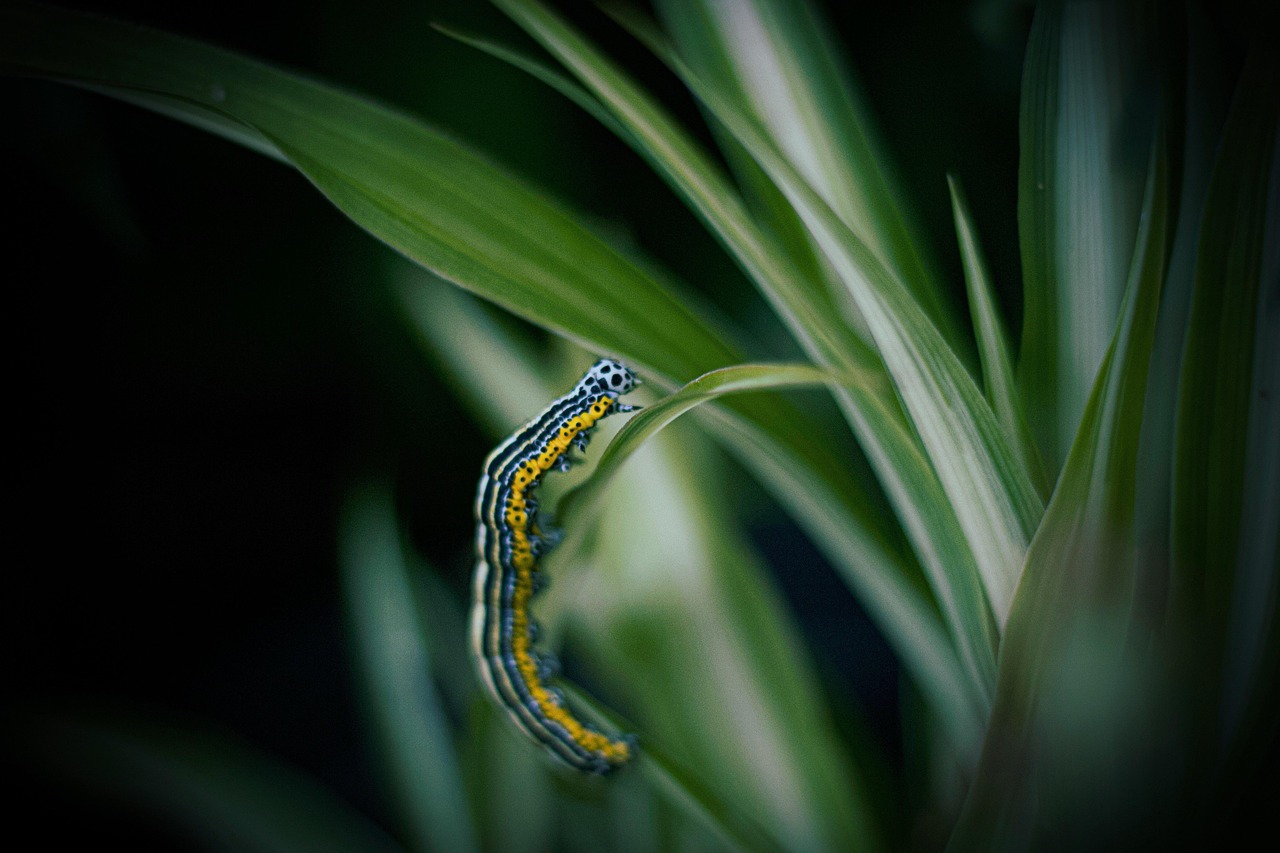
Last Tuesday, while checking on my spider plants near the back porch, I spotted this little character making himself at home. The striking yellow and blue-black striped caterpillar was inching along one of the leaves, completely oblivious to my presence. I grabbed my camera instead of the insecticide – a decision that marked a turning point in how I approach my garden’s ecosystem.
For years, I’ve battled what I considered “pests” with every homemade weapon in the arsenal. My garden center receipts could wallpaper a small room, mostly from purchases aimed at eliminating anything that crawled, flew, or slithered near my prized plants. Last season alone, I spent over $200 on various non-chemical items. The results? Mixed at best, and my plants still showed damage.
This particular caterpillar made me pause. I’d recently read about the alarming decline in insect populations worldwide, and here was this remarkably beautiful creature – yes, beautiful – doing what nature designed it to do. Was it really my place to eliminate it for the crime of eating a few leaves?
I decided to track its progress instead. I marked the leaf with a small piece of twine and checked back daily, photographing its growth and the admittedly minor damage to my plant. In just over a week, it had pupated, and I’m now waiting to see what emerges.
This experience forced me to reconsider my approach to gardening. I’ve since identified several caterpillar species common in our area and learned which ones become beneficial pollinators. Some damage is inevitable, but I’m learning to distinguish between a minor nuisance and a genuine threat.
For those facing similar visitors, I recommend grabbing a field guide or using an identification app before reaching for chemical solutions. Many caterpillars only feed on specific plants for a short period before becoming moths or butterflies that actually benefit your garden. The temporary hole in a leaf might be worth the pollination services later.
I’ve started implementing more balanced approaches – introducing companion plants that naturally repel certain insects, using physical barriers for vulnerable seedlings, and accepting that a healthy garden isn’t necessarily a perfect one. The birds that visit my yard certainly appreciate the occasional caterpillar meal I’m now providing.
My garden feels more alive now – not just with unwanted guests, but with the understanding that every creature has its place in this small ecosystem I’m stewarding. That yellow-striped caterpillar taught me more about gardening than a dozen how-to books ever could.
Next week, I’ll share some simple DIY barriers I’ve created that protect my vegetables while still keeping the garden chemical-free. Until then, take a closer look at those “pests” in your garden – they might just have something to teach you.

